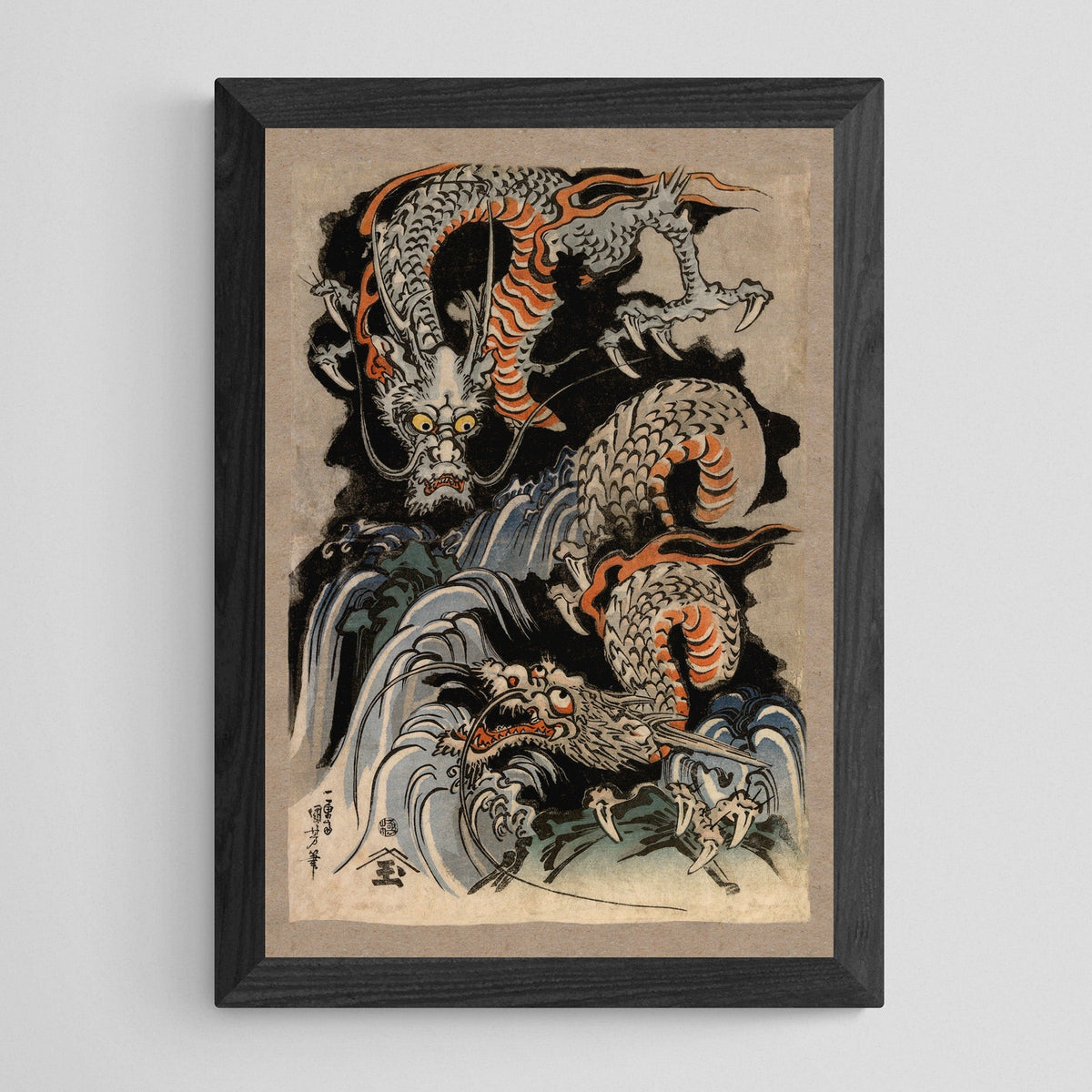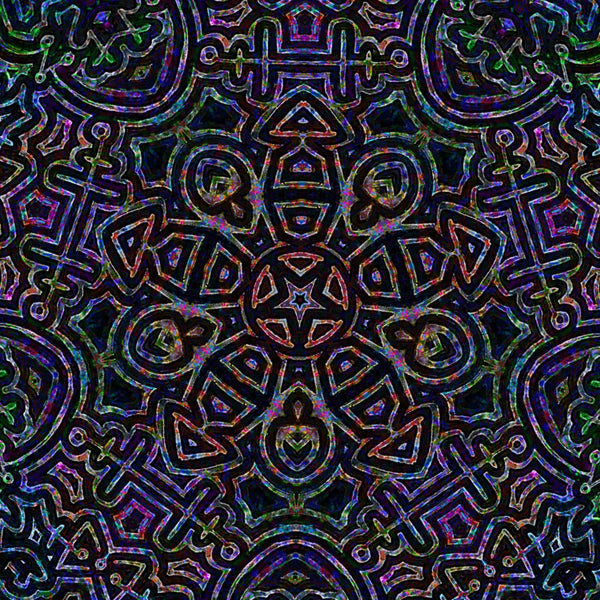Your Cart is Empty
Utagawa Kuniyoshi Dragon: Japanese Mythology Ukiyo-e Antique Serpent (Gift for Him) Woodblock Ukiyo-e Yokai Folklore Fine Art Print

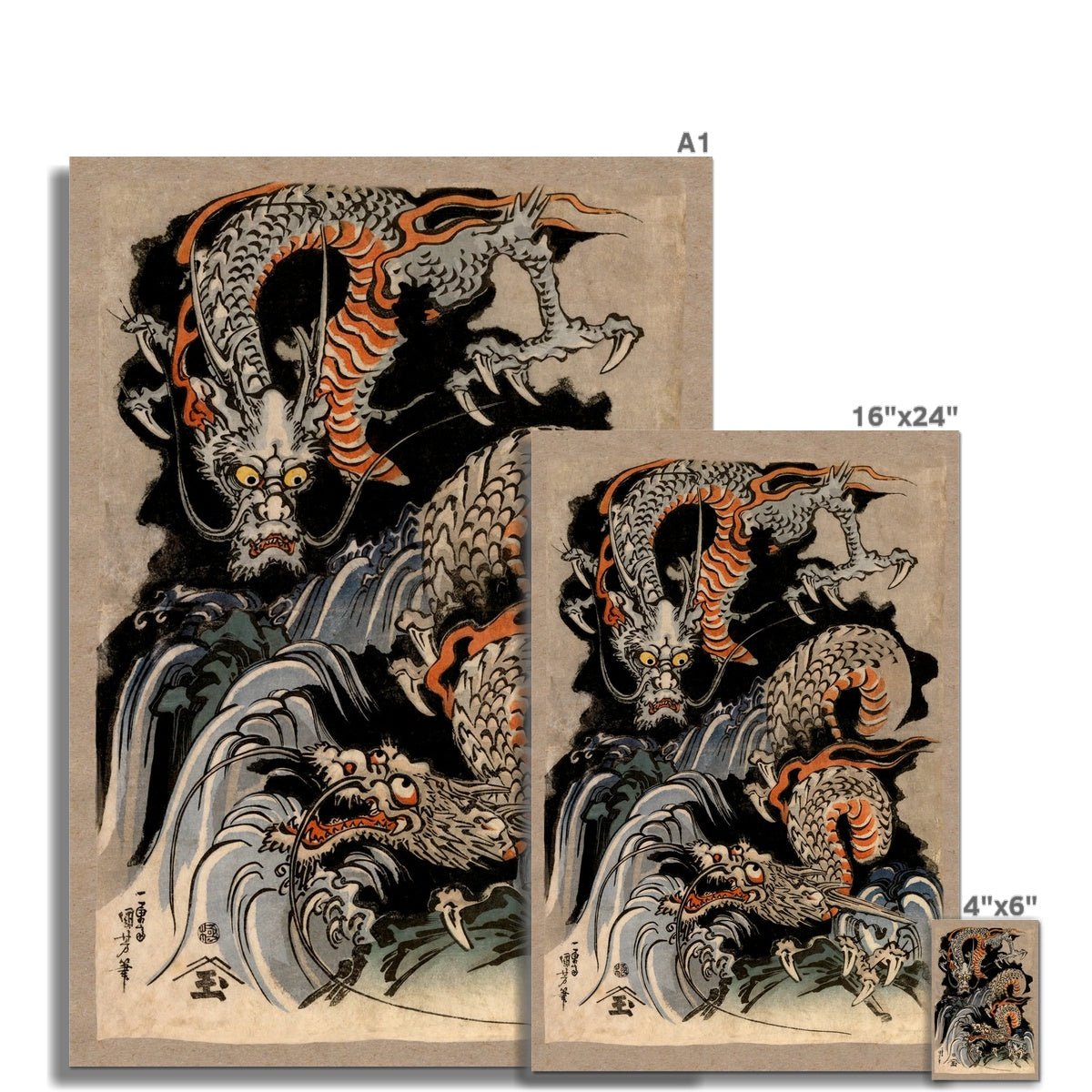
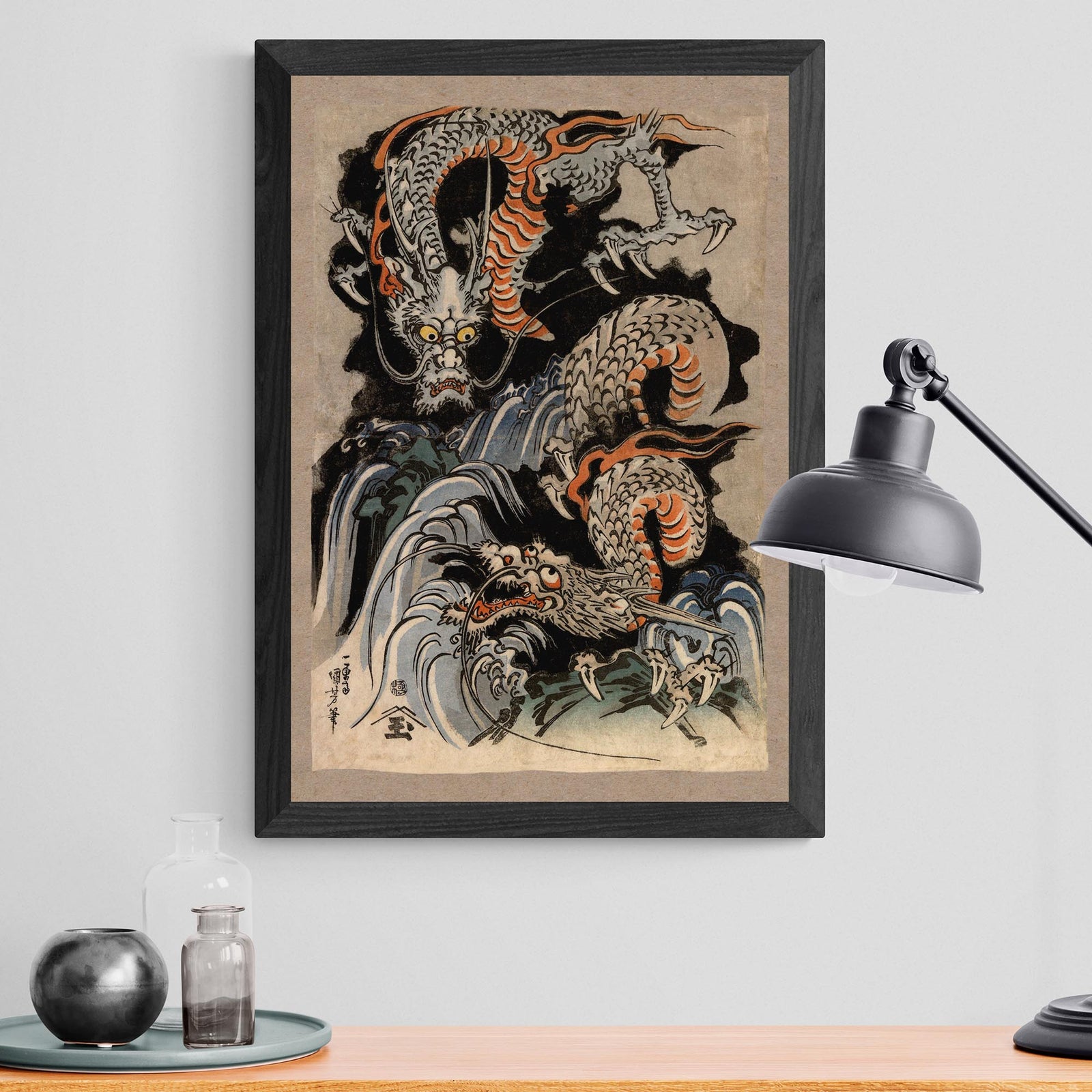
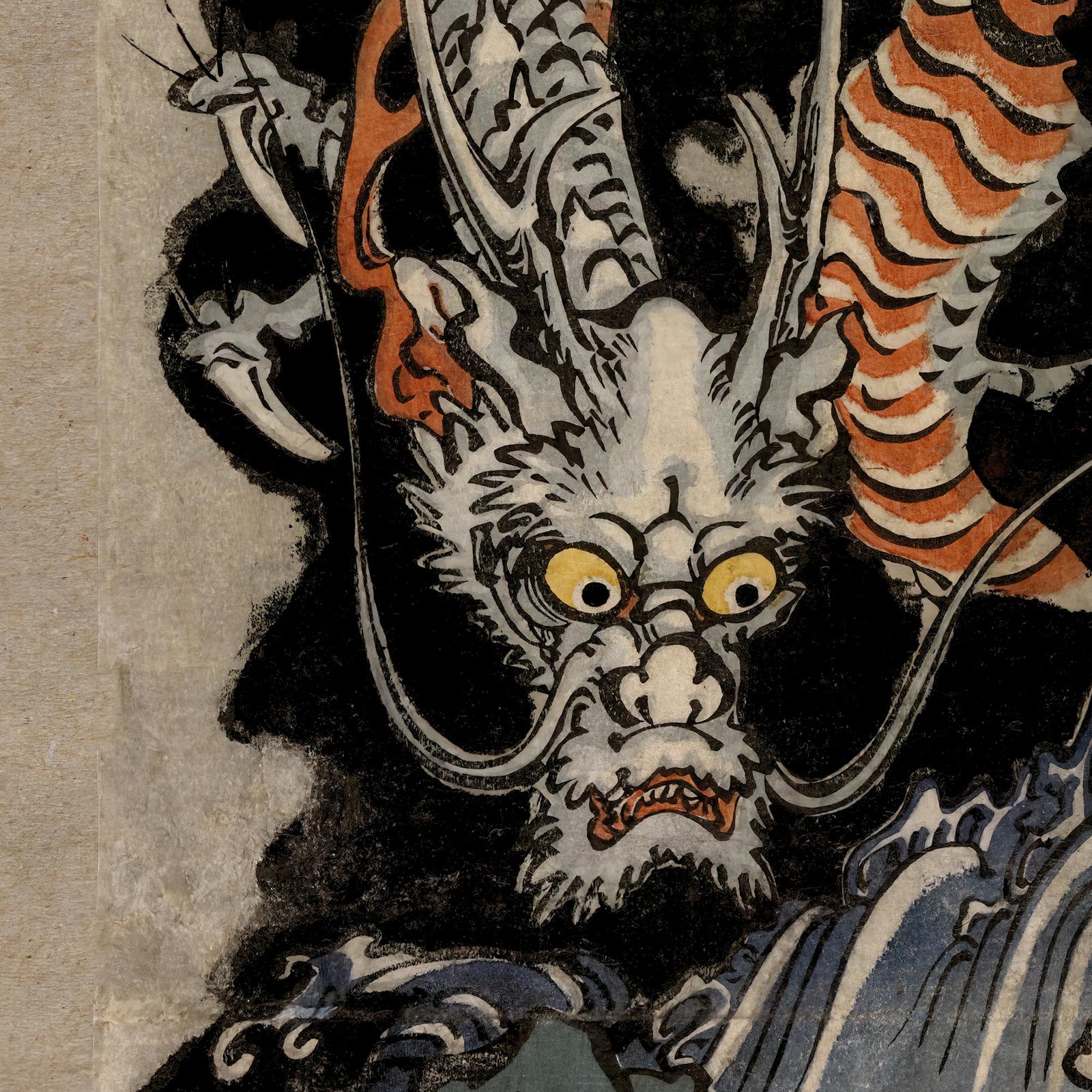
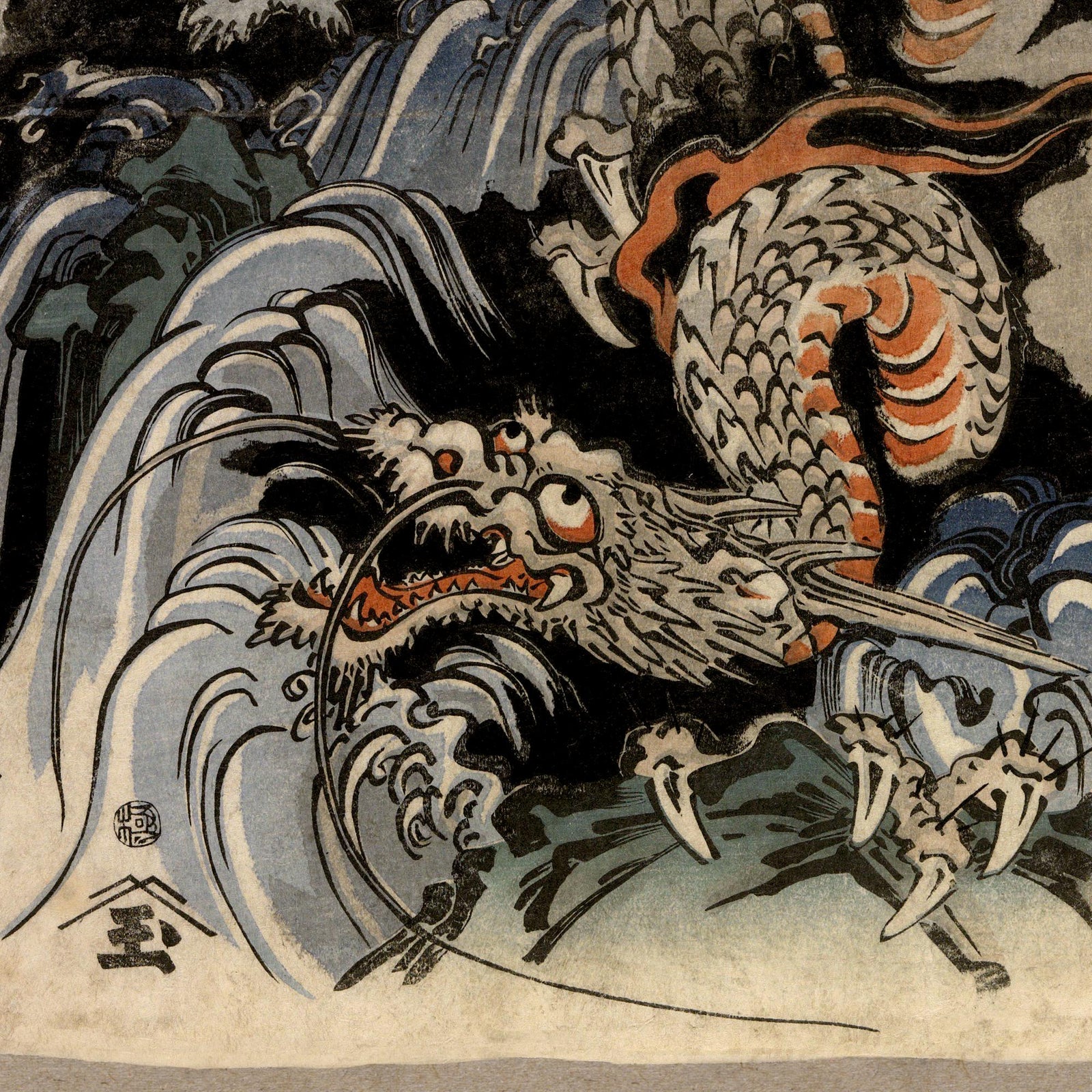
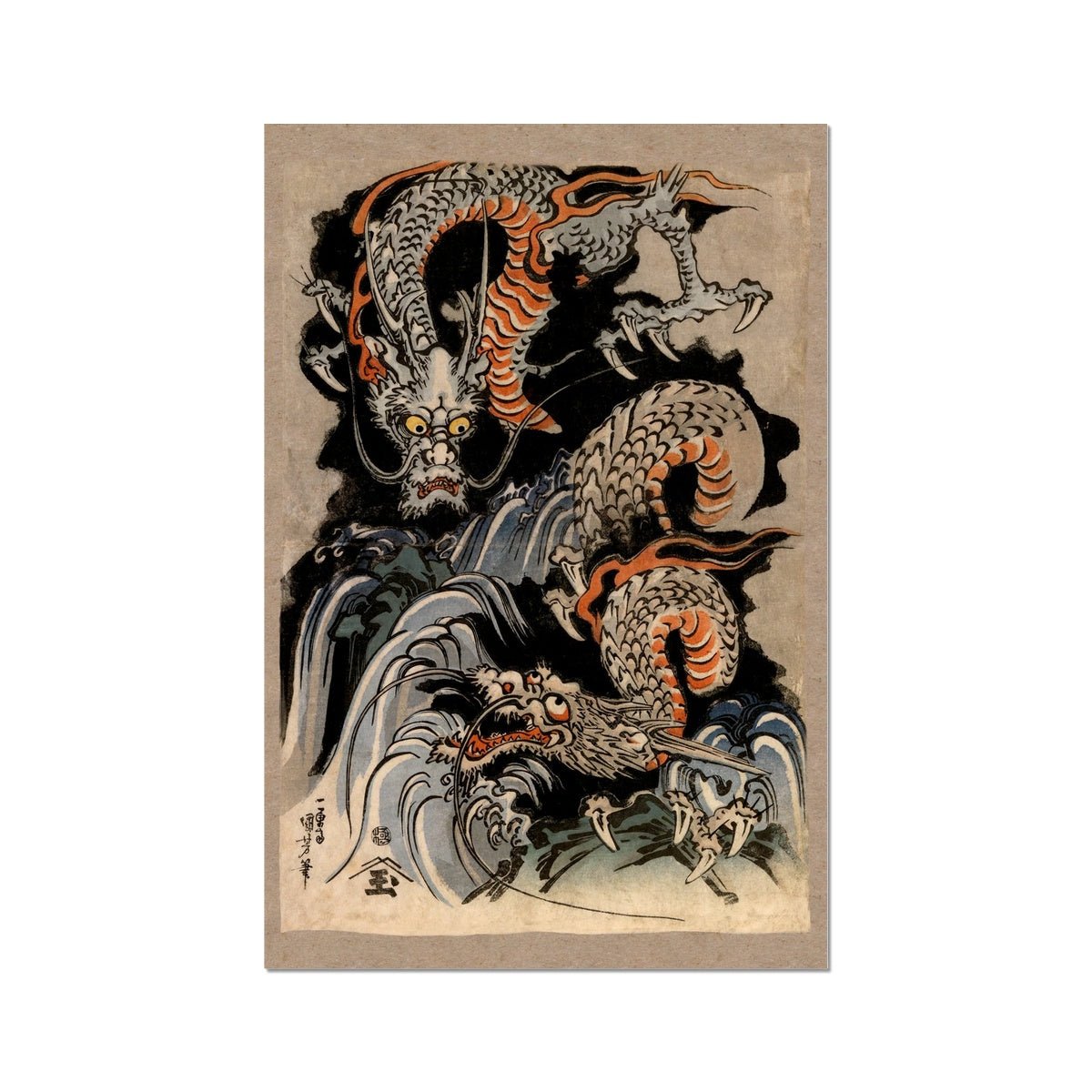
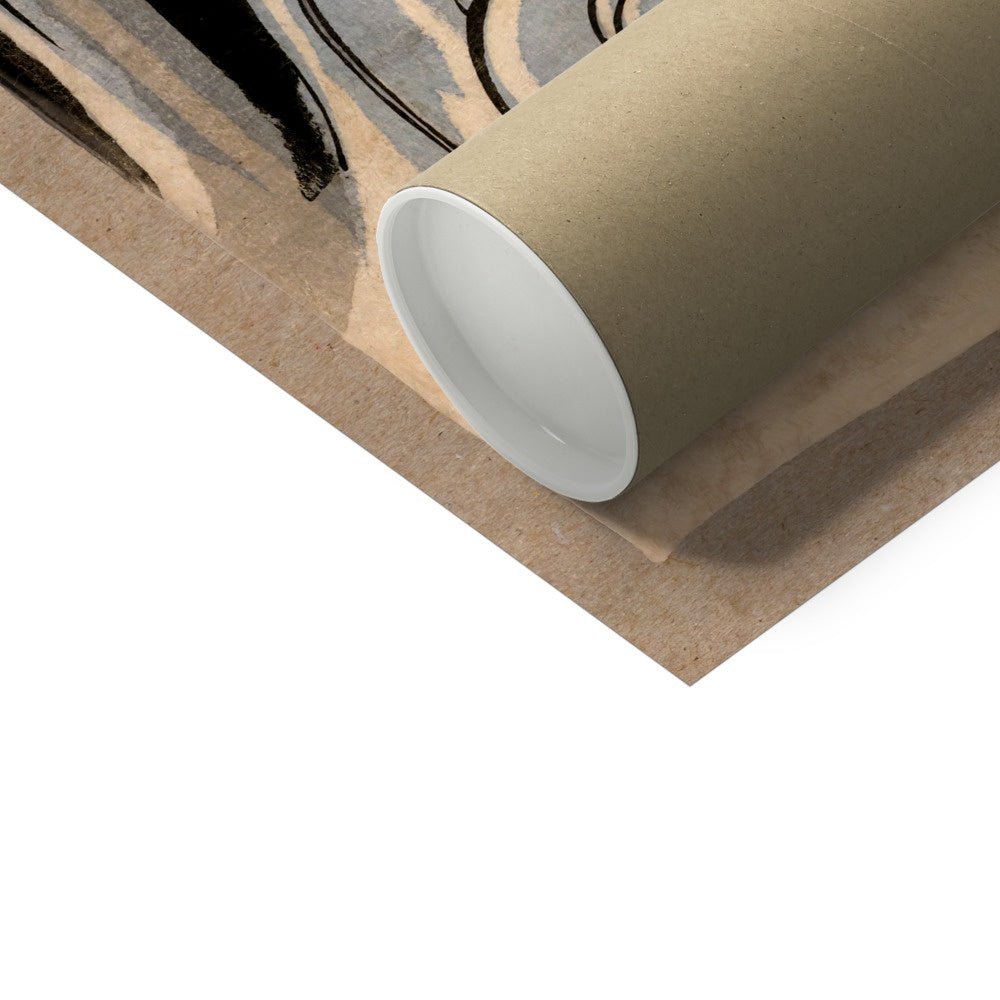
Utagawa Kuniyoshi Dragon: Japanese Mythology Ukiyo-e Antique Serpent (Gift for Him) Woodblock Ukiyo-e Yokai Folklore Fine Art Print
In Stock
$12.99 - $47.99

In Japanese folklore, dragons are often portrayed as powerful and benevolent beings with the ability to control the elements, particularly water. They are said to bring rainfall and are associated with rivers, lakes, and other bodies of water. It is believed that they live in the depths of these waters and can cause natural disasters such as floods if they become angry or displeased.
Japanese yokai dragons have a distinct appearance, with a long, serpentine body and four legs, each ending in clawed feet. They are typically wingless and are often shown with a large, curled tail. They are also often shown with large scales and a mane of fire running along their back. They are a popular subject in traditional Japanese art forms such as ukiyo-e woodblock prints, and are also often seen in temple and shrine decorations, as well as on traditional clothing and other household items.
You'll receive a heavyweight, giclée, acid-free print that's created to last for generations. The museum-quality paper works perfectly with large, full-color images. The lightly-textured, matte finish captures fine lines and subtle colors, resulting in stunning works of art (without unwanted reflections).
• Printed using eco-friendly, water-based inks
• FSC approved or sustainably-sourced paper
• Frame and matting isn't included. Print only.
• Shipped in a damage-proof artwork tube.
• Premium-quality (200gsm) giclée, acid-free paper
➤ DIGITAL-RESTORATION ART
We specialize in digital recreations of dragon Ukiyo-e art. Each work is a handmade digital restoration of the original image, not a pixellated copy of an Internet image that some other vendors may sell. We provide high-quality, clean digital restorations — true to the original — with great attention to detail.
...
In Japanese folklore, dragons frequently interact with humans. For example, the Dragon King legend describes a dragon who rules the sea and controls the tides. The Dragon King is depicted as a benevolent being who helps humans in times of need.
Dragons are also a popular motif in modern Japanese culture. They're often depicted on pottery, textiles, and other decorative items. The famous Kiyomizu Temple in Kyoto has a dragon painted on its ceiling, and many Japanese festivals feature dragon dances and other dragon-related activities.
In contemporary Japan, dragons appear in video games, anime, manga, as powerful creatures with magical abilities. In some video games, players can even control a dragon Japanese as a playable character.

Collections: Giclée Fine Art Prints, Japanese Giclée Fine Art Prints

